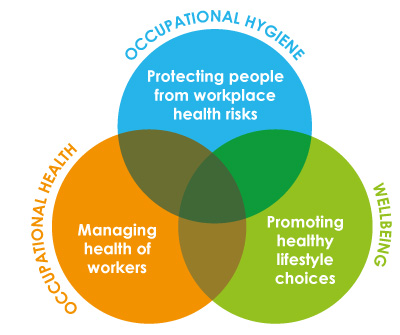The construction industry in the UK has made great strides in managing safety and reducing the incidence of serious injury and fatalities over the past ten to fifteen years.
Since 2001 when the then-Deputy Prime Minister John Prescott laid down the challenge in the Construction Safety Summit, the number of fatalities has fallen by two thirds, thanks to the great efforts and achievements of everyone in the industry.
Health risks have not received the same amount of attention. There are many reasons for this including the fact that the consequences of exposure to harmful substances is often not visible, symptoms may be delayed by decades from first exposure, and the burden of managing health falls predominantly to the employer. HSE estimates that in 2014, 76,000 people whose current or most recent job was in construction suffered from an illness caused or made worse by the job they did. Every week 100 people die from construction-related ill-health in the UK.


